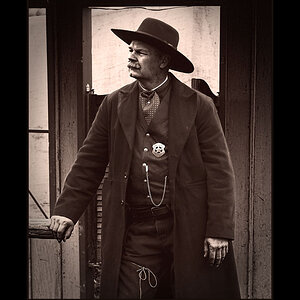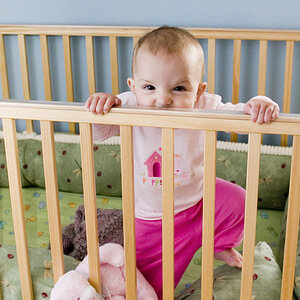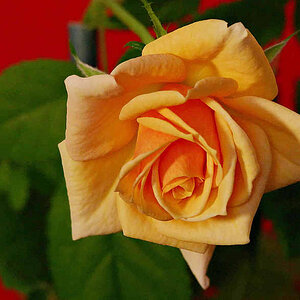chloewindle1
TPF Noob!
- Joined
- Sep 29, 2013
- Messages
- 80
- Reaction score
- 2
- Location
- wiltshire
- Can others edit my Photos
- Photos NOT OK to edit
I have the Nikon D5100 and the 70-300mm (slow lens i know but i have to work with what i have!!).... it's indoors and lighting isn't fab so i was wondering what i would have to do with my camera settings to make pictures clear with the light i have? I use manual mode but haven't shot indoors before so much info on ISO, Aperture ect i would be thankful!!! 



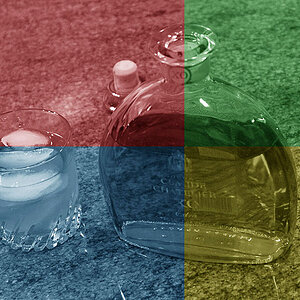
![[No title]](/data/xfmg/thumbnail/32/32926-ec27ecead8c80d803404500d8f888dbf.jpg?1619735754)
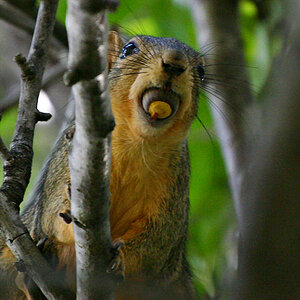
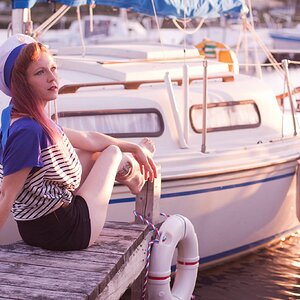

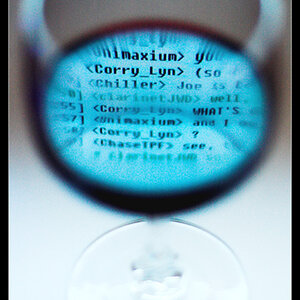

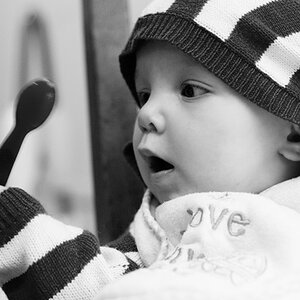
![[No title]](/data/xfmg/thumbnail/38/38747-bbe463248feefb7affb6b5e00efb70c6.jpg?1619738704)
